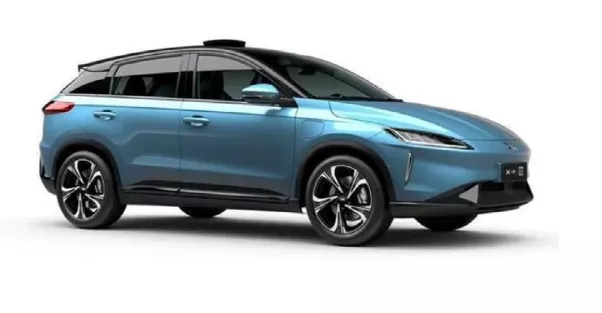Introduction
As September has just arrived, domestic new energy vehicle companies have eagerly announced their sales data for August. Among the rankings, the performance of NIO is undoubtedly the most surprising. After being overtaken by Xpeng and Li Auto, NIO was surpassed again by NIO EC6 in August, ranking only fourth. Whether from the perspective of absolute sales or year-on-year growth, NIO’s performance can only be considered mediocre.
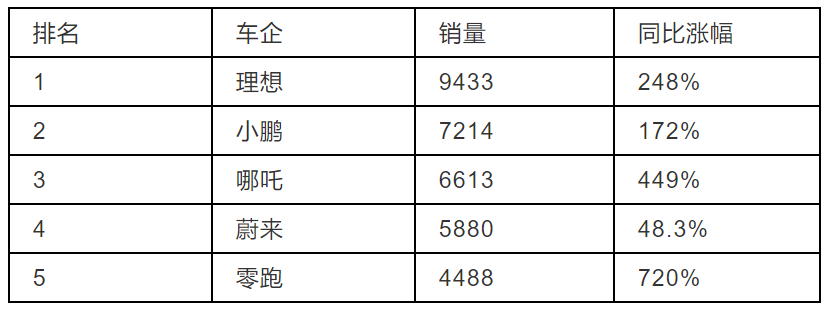
Analysis of NIO’s Sales Decline
According to the official statement by NIO, the main reason why NIO’s ranking and sales declined in August compared to Xpeng, Li Auto, and NIO EC6 is that the supply of interior A/B pillar interior panels and Bosch ESP chips was affected by the pandemic in Nanjing and Malaysia, which greatly affected NIO’s delivery. NIO also announced that its monthly new orders reached a record high, and if there were no surprises in the supply chain, NIO might set a new record for single-month deliveries in September. However, NIO did not disclose specific order data and could only leave the mystery to be revealed after the National Day holiday.
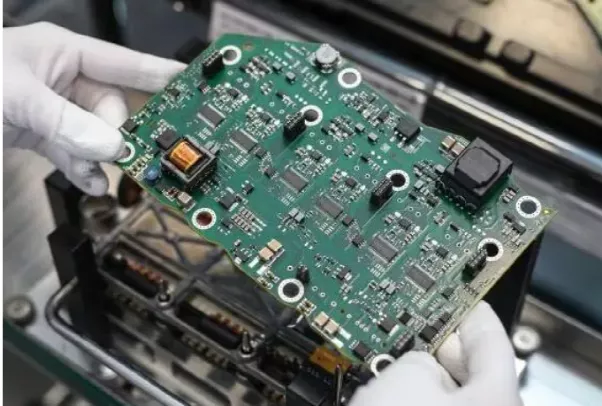
However, we have to say that the shortage of Bosch ESP is a problem that the entire industry is facing, not just NIO, and other OEMs have been affected to varying degrees. But we did not find that Xpeng and Li Auto were affected by the shortage of Bosch ESP, which is a warning to NIO’s supply chain. As for the interior panels, although we can attribute them to innocent victims of the sudden outbreak of the pandemic in Nanjing, it is also essential that NIO reflects on its supply chain. Inevitably, when sporadic outbreaks occur in China, all OEMs need to make certain arrangements in advance for the supply of components to ensure the safety of their supply chains.
NIO’s Launch of Its Sub-brand Cannot Be Delayed Any Longer.
According to NIO’s Q2 earnings report, Li Bin announced eagerly to the media that NIO will release three new models next year, and the NT2.0 platform will also debut. However, the biggest highlight for Li Bin and NIO is the launch of a brand new subsidiary brand. This brand will use a completely new channel, and even the APP for purchasing and post-purchase customer operations needs to be rebuilt. Oppo brands lowering prices to increase sales is a common practice for many luxury brands, especially when they have already established a high brand position. However, for NIO, the key to the success of the subsidiary brand in China will depend on whether it can directly compete with Tesla’s entry-level model, which costs around $25,000, or around 150,000 RMB.
The recent three accidents have put a lot of pressure on NIO, especially the accidents caused by the NOP driver assistance system, triggering opposition from NIO car owners. Although there is only one word difference between “driver assistance” and “automated driving”, they provide completely different driving experiences. For NIO, the biggest setback is the launch of the NT2.0 platform next year. Models on this platform will be equipped with a LIDAR system, which will significantly improve the performance in identifying static objects in front of the vehicle compared to NIO’s current models. However, how to promote the NT2.0 platform and whether consumers are willing to pay a considerable amount for subscribing relevant services still remain uncertain.
Will the new competitive landscape of emerging car manufacturers change? In August, the most surprising thing on the list was NIO’s overtaking by Li Xiang’s NIO. Li Xiang’s new energy vehicle lineup currently includes three models, Li Xiang One, Li Xiang Two, and Li Xiang AUTO, two of which are small SUVs and one is a compact SUV. Therefore, from this vehicle matrix, Li Xiang is more concentrated on entry-level models, especially small SUVs, which is a subdivision market that NIO has not involved in significantly. Therefore, single-car sales prices of Li Xiang are significantly lower than NIO. After receiving investment from 360, Li Xiang’s products will inevitably move towards a higher end, and it remains uncertain whether consumers will be willing to pay for Li Xiang’s higher-end models.Xpeng’s recent performance has been equally impressive. Among them, the main model P7 delivered 6,165 vehicles in August, becoming Xpeng’s sales backbone. With the delivery of the redesigned G3i starting in September and the brand-new P5 set to go on sale in October, Xpeng’s momentum is still very strong, especially the G3i, which has greatly improved in styling and configuration compared to the previous model, will become a benchmark model in the domestic compact pure electric vehicle market. By utilizing Nio and Li Auto’s lack of involvement in this segment, Xpeng has a good chance of overtaking Li Auto in year-end sales.
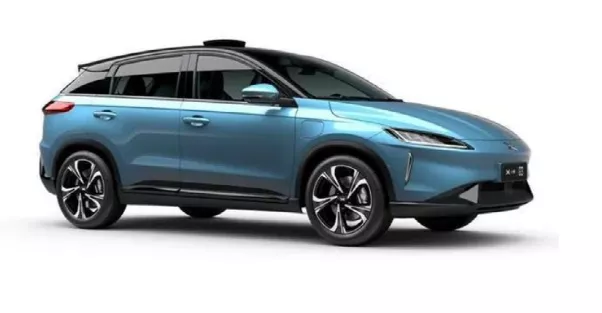
As for Li Auto, it is already very commendable that one of its models, the Li ONE, can stay ahead of the competition. This year, the redesigned Li ONE will be launched, which although increased by 10,000 RMB, has far exceeded the improvement in configuration. In addition, Li ONE’s range extension technology allows consumers to enjoy green license plate subsidies and eliminates range anxiety, making it favored by consumers. However, four hands are better than two fists. As the competition’s models continue to improve, Li Auto also needs to put more effort into improving its product lineup. Next year’s full-size range-extended SUV and future pure electric SUVs will be key to Li Auto’s sales growth.
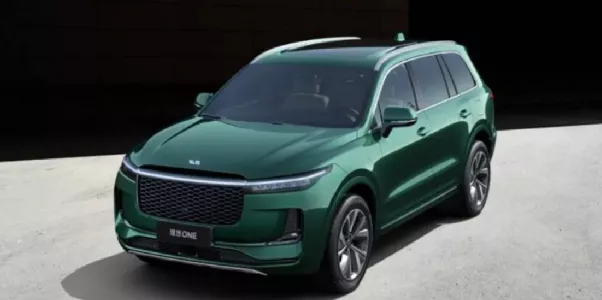
Leap Motor had the highest year-on-year growth rate in August. Although Leap Motor’s popularity is not as high as other brands, it is gaining more and more attention due to its cost-effective approach, similar to NETA. However, the question remains whether Leap Motor will be a one-hit wonder or if its sales will continue to rise, which needs further observation in the future.
The competition in the domestic electric vehicle market has just begun, and there are still many variables as to who will dominate and who will be eliminated in the future. The competition between new energy vehicle companies also allows the domestic new energy vehicle companies to compete with traditional automakers without falling behind. However, for Nio, once the leader of the domestic new energy vehicle companies, being squeezed out of the top ten new energy vehicle sales list and giving up the top spot and the top three spots in the domestic new energy vehicle sales ranking list cannot simply be explained by the impact of the pandemic. Digging up internal potential before new models are launched and accelerating the pace of new model launches are urgent issues that Nio needs to solve. Avoiding quality issues to the greatest extent possible and minimizing the impact of sudden public relations events are also lessons that Nio urgently needs to learn.
This article is a translation by ChatGPT of a Chinese report from 42HOW. If you have any questions about it, please email bd@42how.com.
